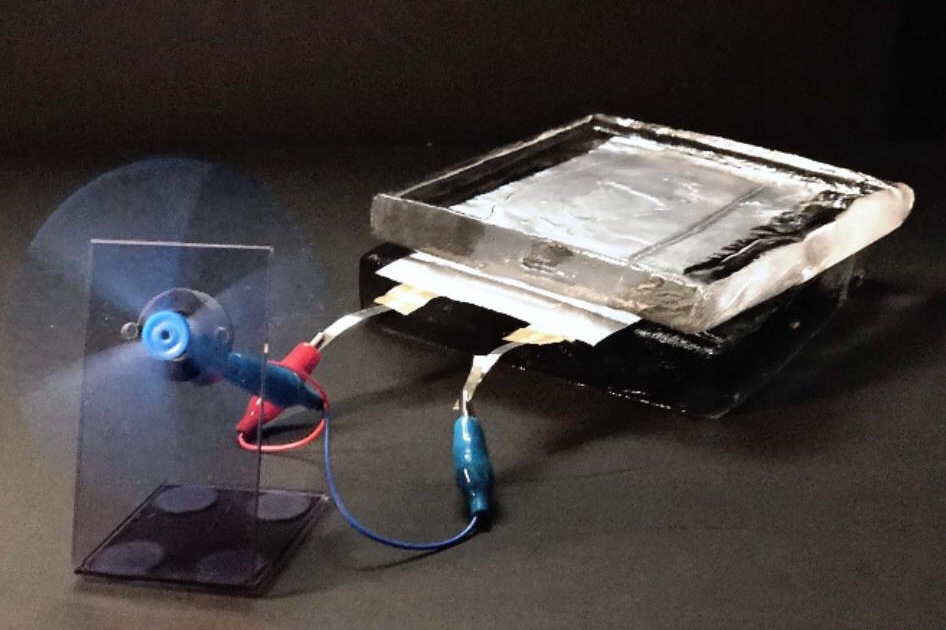
Nippon Electric Glass: Next-gen, all-solid-state sodium ion battery: Performance confirmation of practical level
Nippon Electric Glass:
On June 12, the next-generation battery “all-solid-state sodium-ion battery” announced that “the current to be taken out is 20 times higher than before.”
The current flow has been improved by “developing the material such as reducing the size of the glass material used for the positive electrode.”
It can be applied to the vehicle.
Aiming for commercialization by establishing a mass production system with the target of 2025.
All solid sodium ion battery:
It is safer than the lithium-ion batteries that are currently in widespread use.
Due to the abundant resources used as materials, costs are expected to drop.
In an experiment using a small motor, we confirmed that “charging/discharging can be performed without lowering performance even at low temperatures”.
Nihon Keizai Shimbun
https://r.nikkei.com/article/DGXMZO60309260S0A610C2LKA000?s=4
Paper on all solid state secondary battery appears in Scientific Reports – Nature
https://www.neg.co.jp/uploads/sites/2/news_20200612_en.pdf
Enhanced rate capabilities in a glass-ceramic-derived sodium all-solid-state battery
Published: 11 June 2020
Hideo Yamauchi, Junichi Ikejiri, […]Takayuki Komatsu
Scientific Reports volume 10, Article number: 9453 (2020) Cite this article
Abstract
An all-solid-state battery (ASSB) with a new structure based on glass-ceramic that forms Na2FeP2O7 (NFP) crystals,
which functions as an active cathode material, is fabricated by integrating it with a β″-alumina solid electrolyte.
Two important factors
that influence the rate capability of this ASSB were optimised.
First,
the particle size of the precursor glass powder from which the NFP crystals are formed was decreased.
Consequently,
the onset temperature of crystallisation shifts to a lower temperature, which enables the softening of NFP crystals and their integration with β″-alumina at a low temperature, without the interdiffusion of different crystal phases or atoms.
Second,
the interface between the β″-alumina solid electrolyte and cathode active materials which consisted of the NFP-crystallised glass and acetylene black used as a conductive additive,
is increased to increase the insertion/release of ions and electrons from the active material during charge/discharge processes.
Thus, the internal resistance of the battery is reduced considerably to 120 Ω.
Thus, an ASSB capable of rapid charge/discharge that can operate not only at room temperature (30 °C) but also at −20 °C is obtained.
This technology is an innovative breakthrough in oxide-based ASSBs, considering that the internal resistance of liquid electrolyte-based Li-ion batteries and sulphide-based ASSBs is ~10 Ω.
Scientific Reports
https://www.nature.com/articles/s41598-020-66410-1